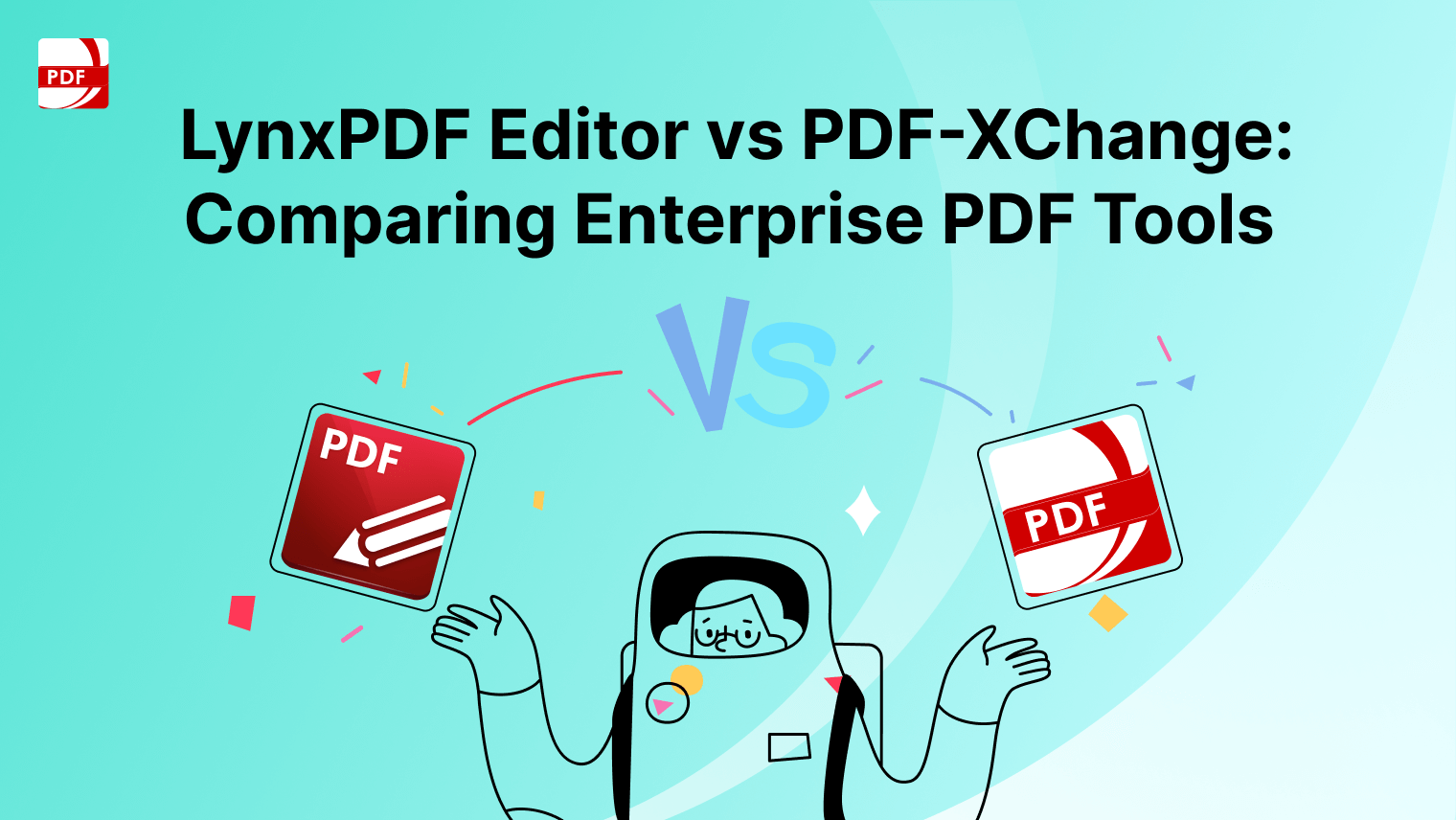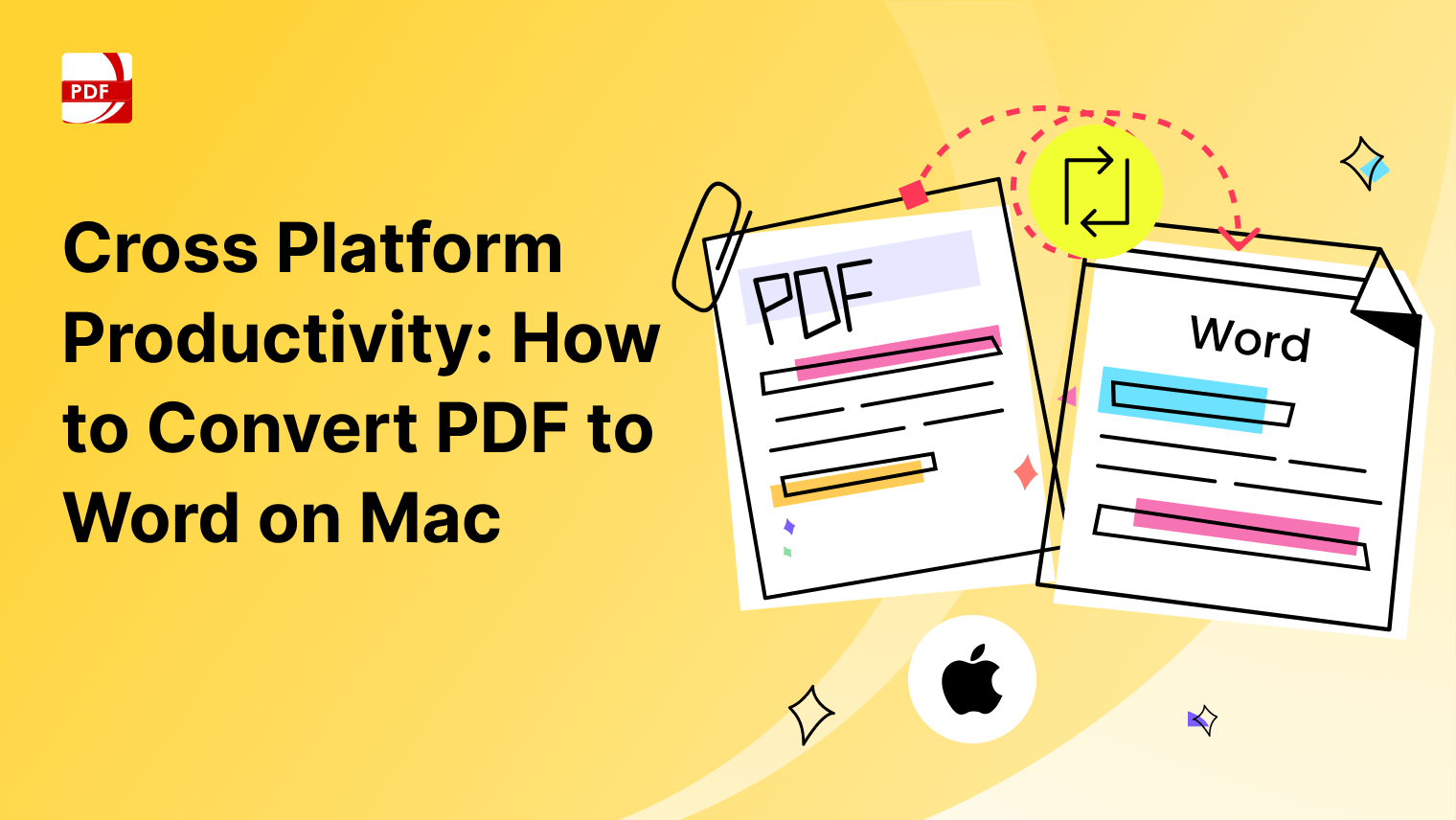Whether you're removing annotations, correcting errors, or redacting sensitive information, the erasing feature in Adobe Acrobat can be a handy tool in your PDF toolkit.
In this guide, we'll explore the ins and outs of erasing in Adobe Acrobat, including best practices and frequently asked questions.
How to Erase in Adobe Acrobat
Erasing in Adobe Acrobat is a straightforward process. Follow these simple steps to remove content from your PDF document:
Step 1: Open Your PDF File:
Launch Adobe Acrobat and open the original source PDF document you want to edit.
Image Source: Adobe Acrobat
Step 2: Select the Eraser Tool:
Locate the eraser tool in the toolbar. It typically looks like a rubber eraser.
Image Source: Adobe Acrobat
Step 3: Adjust Eraser Tool Settings:
Before you start erasing using this amazing tool, adjust the eraser settings if needed. You may be able to change the eraser size or opacity for more precision.
Step 4: Click and Drag to Erase:
Click on the content you want to erase, and drag your mouse over it. The selected content should be removed.
Step 5: Undo if Necessary:
If you make a mistake, use the "Undo" command (Ctrl + Z on Windows, Command + Z on Mac) to revert the last action made with your content editing tools.
Step 6: Save Your Changes:
Once you're satisfied with the erasing, save your changes to the PDF document.
Image Source: Adobe Acrobat
Best Practice for Erasing in PDF Files
While erasing in Adobe Acrobat is a straightforward process, adopting best practices ensures a seamless and efficient editing experience:
1. Use the Right Tool: Choose the appropriate eraser size and opacity based on the content you are removing. A smaller eraser may be more suitable for detailed work, while a larger one can expedite bulk erasing. The redaction tool should be avoided if you want to be able to recover information.
2. Check for Annotations: Before erasing, check for any annotations or comments that might be connected to the content. Erasing the content will also remove any associated comments.
3. Work in Layers: If your PDF has multiple layers, be aware of which layer you are editing. This helps prevent unintended changes to other elements in the document.
4. Backup Your PDF: Before extensive erasing, consider creating a backup of your PDF document. This precautionary step ensures you can revert to the original if needed.
5. Combine with Other Tools: Erasing is often more effective when combined with other tools like the "Add Text" or "Add Image" features. This allows you to replace erased content with new information.
Why Consider Adobe Alternatives?
Considering PDF editors that are an Adobe alternative with powerful tools can be a practical and cost-effective choice for various reasons:
-
Cost Savings: Adobe's products, such as Adobe Creative Cloud and Adobe Acrobat, can be expensive, especially for individuals and small businesses. Alternatives often provide similar features at a more affordable price or even for free.
-
Platform Compatibility: Adobe software is primarily designed for Windows and macOS. Alternatives may offer better compatibility with different operating systems, including Linux.
-
Subscription Model: Adobe's move to a subscription-based model for many of its products can be a financial burden for some users. Alternatives often offer one-time purchase options or more affordable subscription plans.
-
Specific Needs: Some users may not require the full range of editing technology offered by your current dedicated PDF software. Alternatives can provide specialized tools tailored to specific needs, which can be more efficient.
-
Performance of Advanced Features: Adobe software can be resource-intensive, requiring running high-end hardware smoothly. Alternative editing programs may be more lightweight and run well on less powerful systems.
-
Privacy and Data Security: Concerns about data privacy and security when having to share PDF files have led some users to seek alternatives with more transparent data practices.
-
Open Source and Community Support: Many Adobe alternatives are open-source software, developed and maintained by communities. This can lead to frequent updates, user-driven improvements, and a sense of ownership for users.
-
Customization: Some alternatives allow for greater customization and integration with another full featured software option, making them suitable for more tailored workflows.
-
Reduced Learning Curve: Adobe software can be complex and feature-rich, which can lead to a steep learning curve. Alternatives may have simpler interfaces and workflows that are easier for beginners to grasp.
-
Cross-Platform Compatibility: Alternatives often have better cross-platform compatibility, making it easier to collaborate with users in the editing process on different systems.
-
Innovation and Competition: Competition from alternatives can drive innovation and force Adobe to improve its products. This benefits users by pushing software companies to continuously enhance their offerings.
-
Specialized Editing Features: Some Adobe alternatives offer specialized tools for specific tasks, such as video editing, PDF images, 3D modeling, or PDF editing, which may be more suitable for certain professionals.
You can also check our instructions on How to Make Adobe Acrobat the Default PDF Viewer.
Erasing in Adobe Acrobat: FAQs
Can I recover erased content?
Yes, if you accidentally erase content or later realize you need it, you can use the "Undo" command immediately after erasing (Ctrl + Z on Windows, Command + Z on Mac). However this is not possible if you've used the redaction tool. If you've already saved the document, you may need to rely on a backup.
Does erasing remove the content permanently?
Erasing in Adobe Acrobat is non-destructive (unlike the redaction tool) until you save your changes. You can experiment with erasing and modifying content without worrying about irreversible changes until you choose to save the document.
Can I erase text in a scanned PDF?
Yes, you can erase text in a scanned PDF, but keep in mind that scanned documents are essentially images. Erasing text in a scanned PDF involves using tools like the "Edit PDF" or "Edit Text & Images" features rather than a dedicated eraser tool.
Why does the eraser not work in some areas?
The eraser may not work in areas where the content is part of an entire image or if the PDF is a scanned document. In such cases, you might need to use other editing tools to achieve your desired changes.
Can I erase multiple items at once in the edit PDF mode?
While Adobe Acrobat doesn't have a specific tool for bulk erasing, you can use the eraser tool to remove multiple items consecutively. For more advanced bulk editing, you may explore other features like the "Content Editing" tools.
Now that you're equipped with the knowledge of how to erase in Adobe Acrobat, along with best practices and answers to common questions, you can confidently navigate the editing process in your PDF documents. Whether you're correcting mistakes, redacting information, or refining your content, Adobe Acrobat provides the tools you need for precise and efficient editing.



